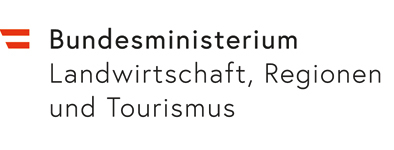
The Baderbachmühle, the last remaining Gmachl Mill on the Baderbach brook, stands directly opposite the #ploetzhof. Built in 1832, it is jointly owned by the Unterhöfnergut and the Strumegg farm. Until the 1960s, grains such as wheat, rye, barley, and oats were milled here.
Historical Significance of the Gmachl Mill
The name “Gmachl Mill” refers to a special privilege, granted during the era of feudal lordship (until 1848), allowed tenant farmers to build and operate a mill—either alone or in cooperation with others—solely to meet their own needs.
Restoration Efforts
As part of the Ploetzhof II LEADER project, significant restoration work was carried out on the mill in 2024. The mill and the mill wheel were given a new roof, and the façade was newly clad with wooden shingles. At the same time, the adjacent path leading to the waterfall was renovated.
Access to the Plötzhof
In 2024, a bridge was installed over the Baderbach brook, providing a picturesque connection to this impressive former prison, now a museum. Visitors can now explore three points of interest (POIs) in a short walk: the #ploetzhof, the mill, and the waterfall.
Earlier Mills
Historically, there were two additional Gmachl mills at the lower end of the Baderbach waterfall, belonging to Kirchbichlgut and Walchdachbauern. Today, only remnants of the foundations of the former Waldachmühle can be seen.

Cross the bridge to your right, then open the rustic prison door to your left. Step into a world brimming with history and promising adventure.





